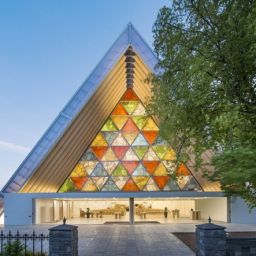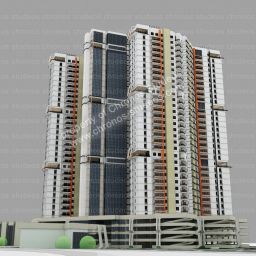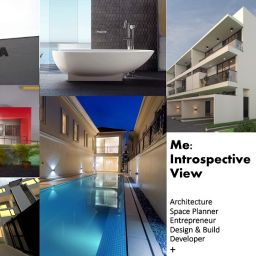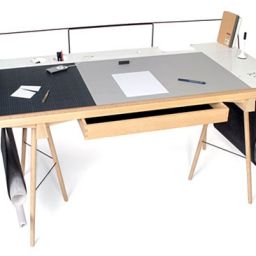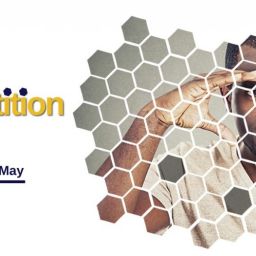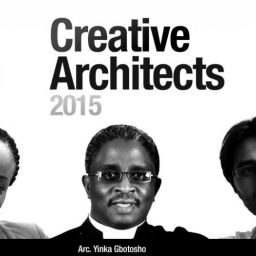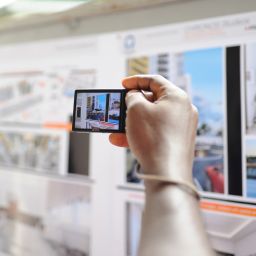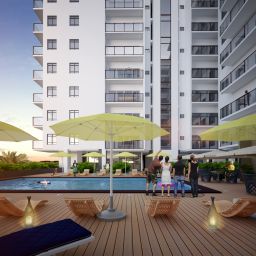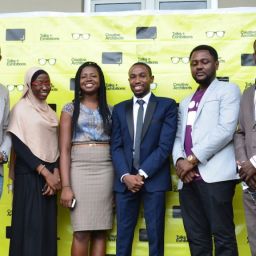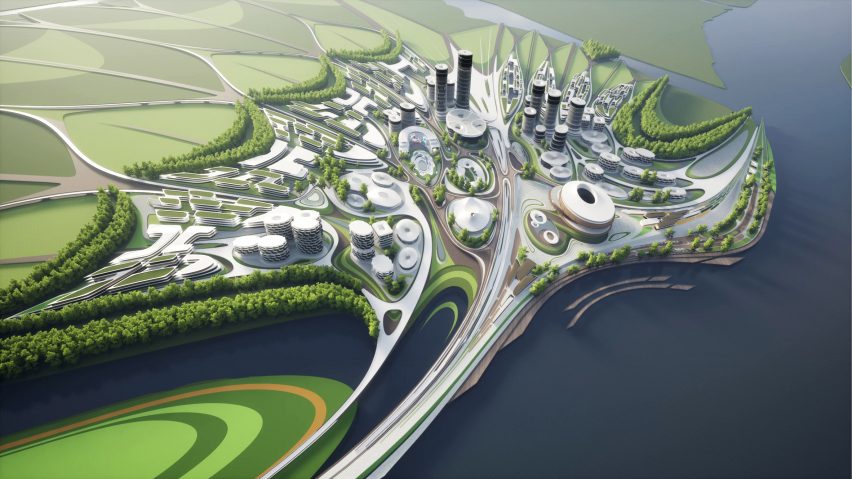
Featured Image: Zaha Hadid’s Metaverse city. Source: Dezeen
The design and construction industry has proven resilient in creating better and more energy-efficient structures. That’s why we see today’s rise in the adoption of technology by key players in the industry.
With this, we expect to see significant changes in the near future as professionals in the built environment harness the powers of design, technology, and creativity.
As the popular saying goes, “the future is now”. So, we can glean from today’s innovation what tomorrow holds in our industry.
That said, let’s explore some outstanding architectural trends you shouldn’t miss.
01. 3D Printed designs and structures
3D printed designs will definitely have more impact on the design and construction space. For one, it has given today’s architects the liberty to create precise physical representations of their unique ideas. Unlike traditional processes that have limitations, 3D printing provides more flexibility.
Architects no longer have to put a peg on creativity because they know that design models and visualizations can be produced with a significant level of accuracy.
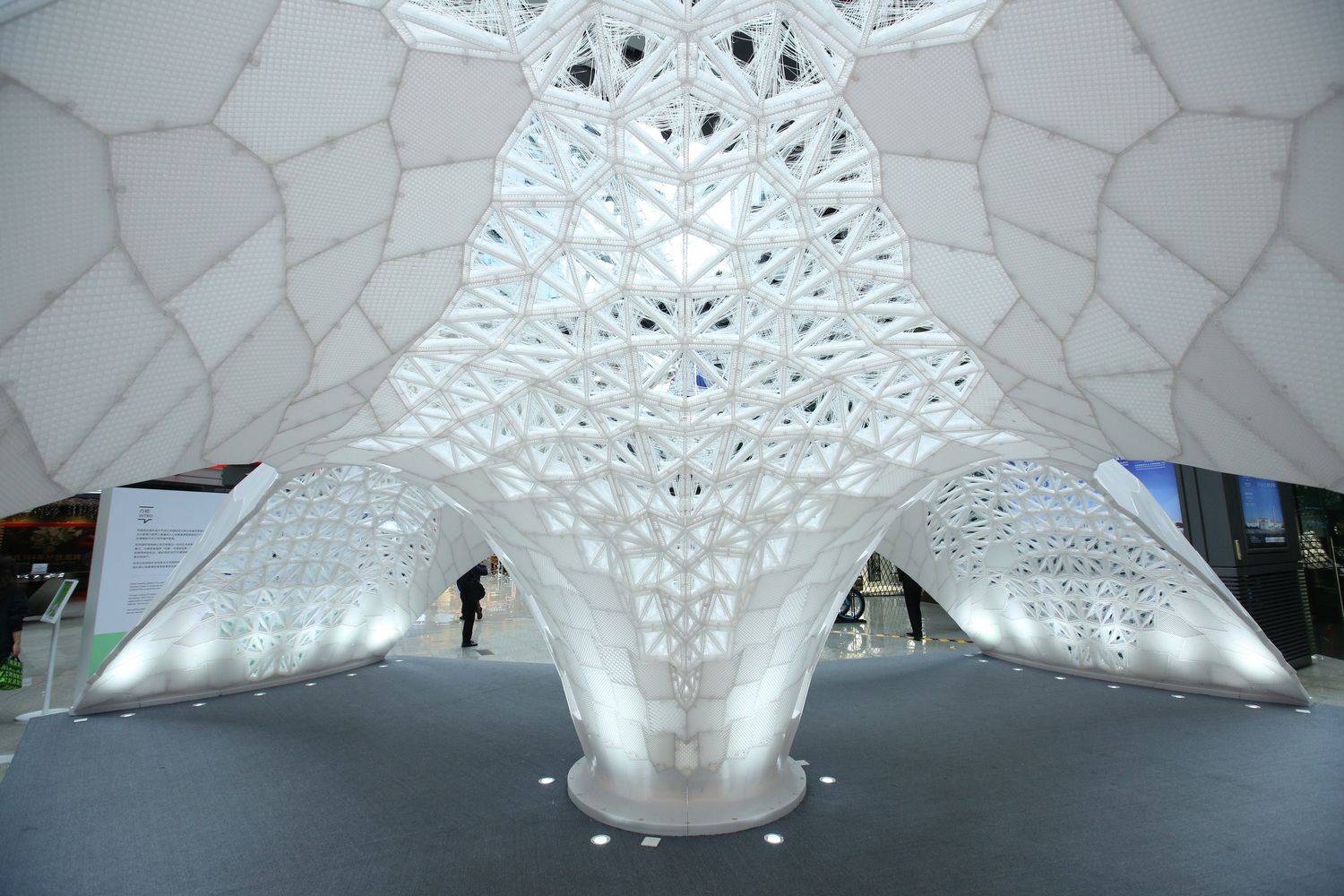
When it comes to prototyping, 3D printing can help modelers create various parts more quickly and effectively. Although this depends on the complexity and design of the elements, it’s a lot better than moulded or machined productions. With ready-to-print CAD or STL files, it’ll only take a few hours to produce the physical components of a model.
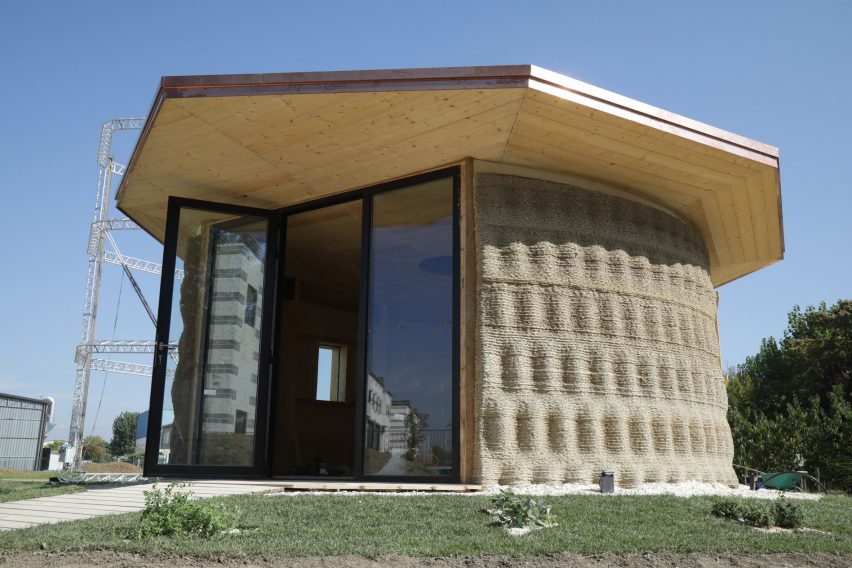
Additionally, 3D printing makes it possible to build structures with various materials—and this isn’t limited to concrete and brick. Architects are getting creative with materials like wood residues and rice waste. A notable example is the Gaia house which was made with a mixture of soil and rice waste. A more recent example is Maine’s Biohome3D, a 3D prototype home built from sawdust.
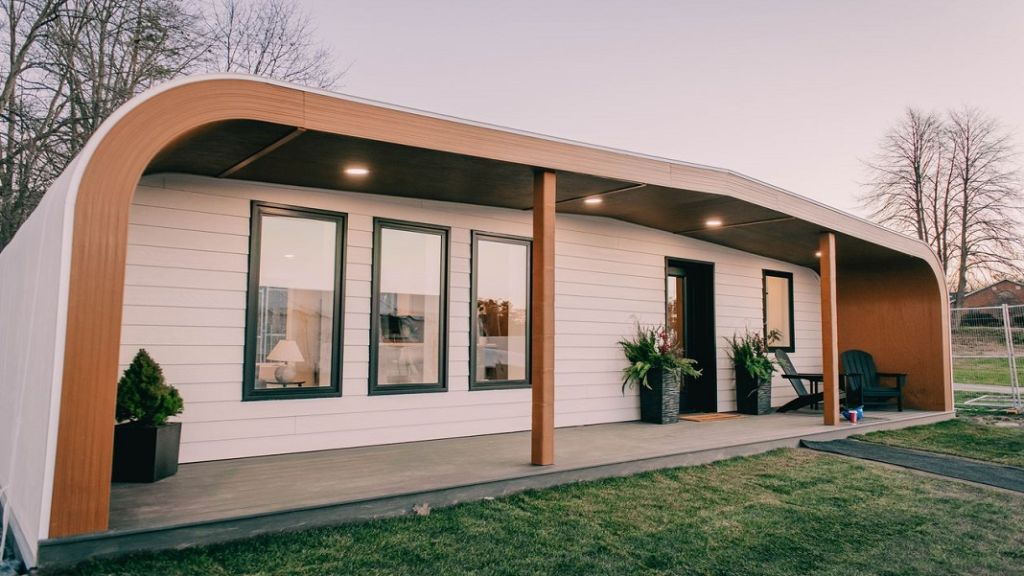
We can only say this trend is here to stay, and we’re sure to see more remarkable 3D-printed structures in the built sector.
02. AI-powered architecture
It’s no news that Artificial Intelligence (AI) has seen rapid adoption in the design and construction space. Sure, its role in the conceptualization and creation of design is pretty straightforward. Better ideation, better planning, better production.
Design tools such as Rhino (With Grasshopper), Revit (with Dynamo), ArchiCAD, etc., are more adaptive and efficient as they can be programmed for AI solutions birthed by the rise of trends like computational design and parametric modelling in today’s design world.
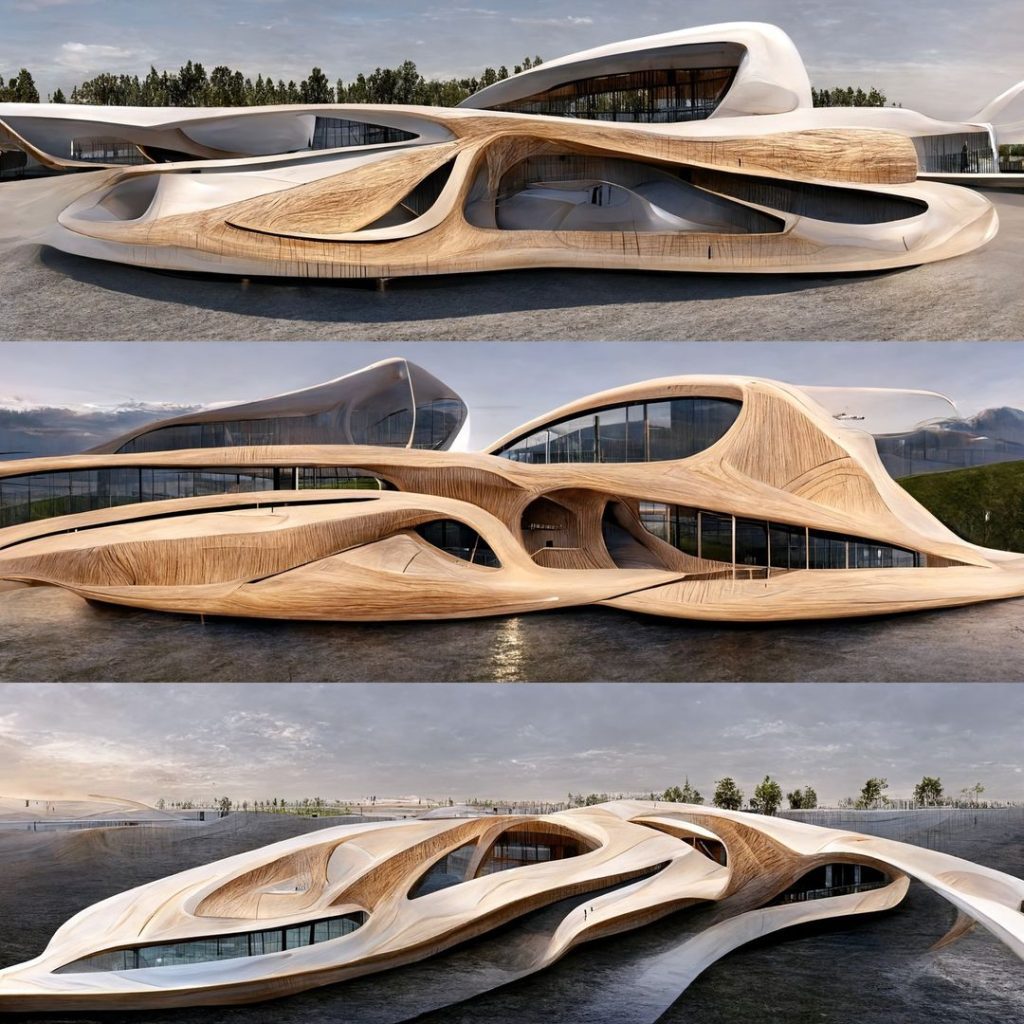
Additionally, AI-powered rendering tools can easily shrink longer design hours through design automation, giving room for more innovative solutions. Processes like designing, testing and modification are also enhanced with BIM developments. Of course, we can’t leave out trends like Virtual reality (VR) and Augmented Reality (AR). With this, we can predict even more AI integrations in architecture.
03. Eco-friendly architecture
Eco-friendly architecture is a multifaceted approach to energy, environment and human well-being. By addressing the high environmental impacts of our built environment, eco-driven design can lead to increased structural efficiency.
Earlier, we saw an example of the Gaia house built from rice waste. We’ll see more structures with sustainable materials like bamboo, straw, wood, etc. But that’s not all. We’ll also see the development of buildings in sync with the environment. Simply put, it’ll get greener.
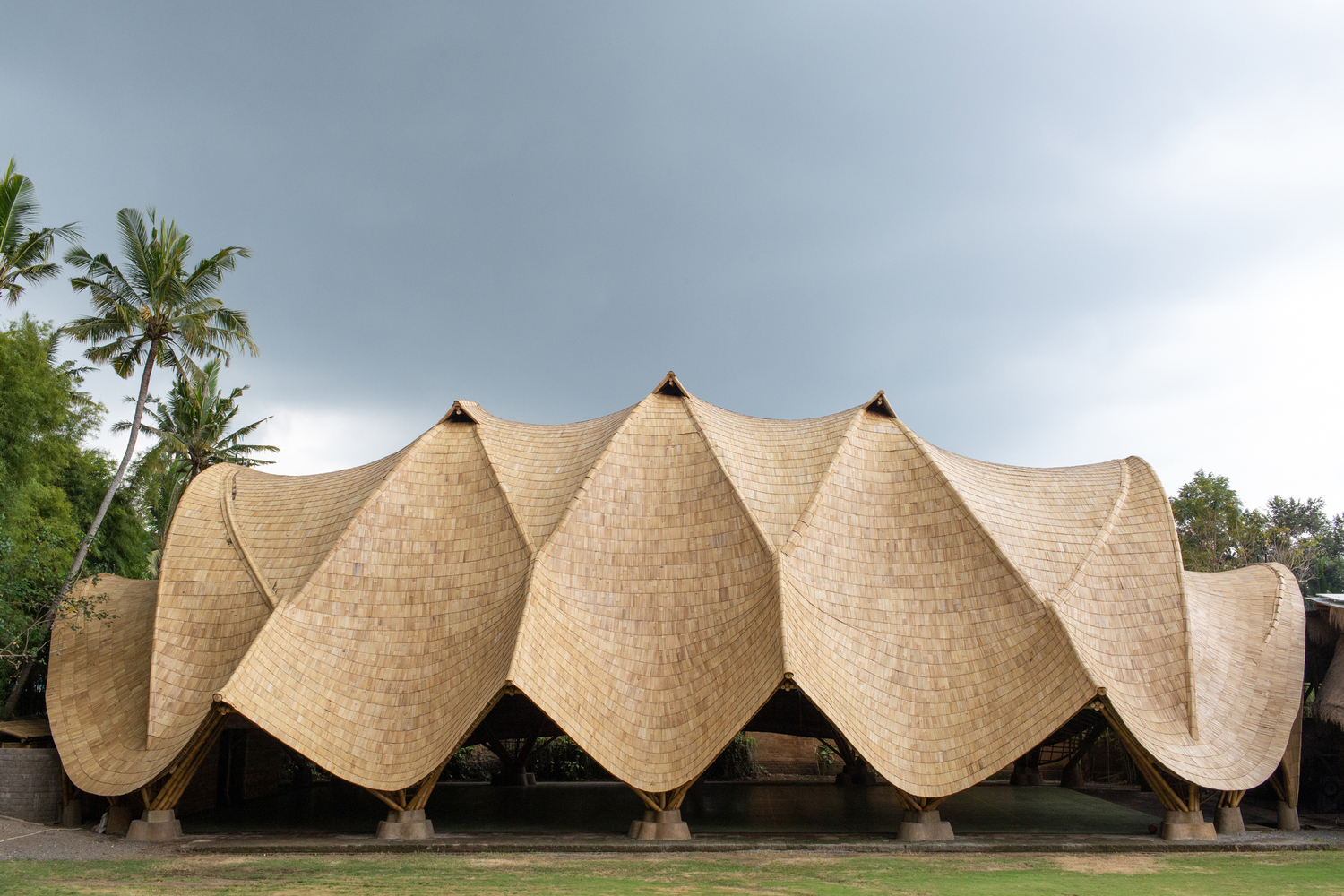
Eco-friendly design focuses on the inherent benefits of structures that reduce the negative environmental impact that conventional construction tends to create. This also supports minimal operating costs, low energy consumption, and healthy maintenance protocols for buildings over time.
Finally, there’ll be a lot of advancement in architectural trends as the future unfolds. Yes, we have seen notable developments over time. But, no doubt, we’ll see much more.
The Chronos Team’s exceptional delivery is a result of a great collaboration with other professionals whose strategies for project delivery align with ours. We leverage one another’s strengths on all opportunities. Talk to us about your next project.


